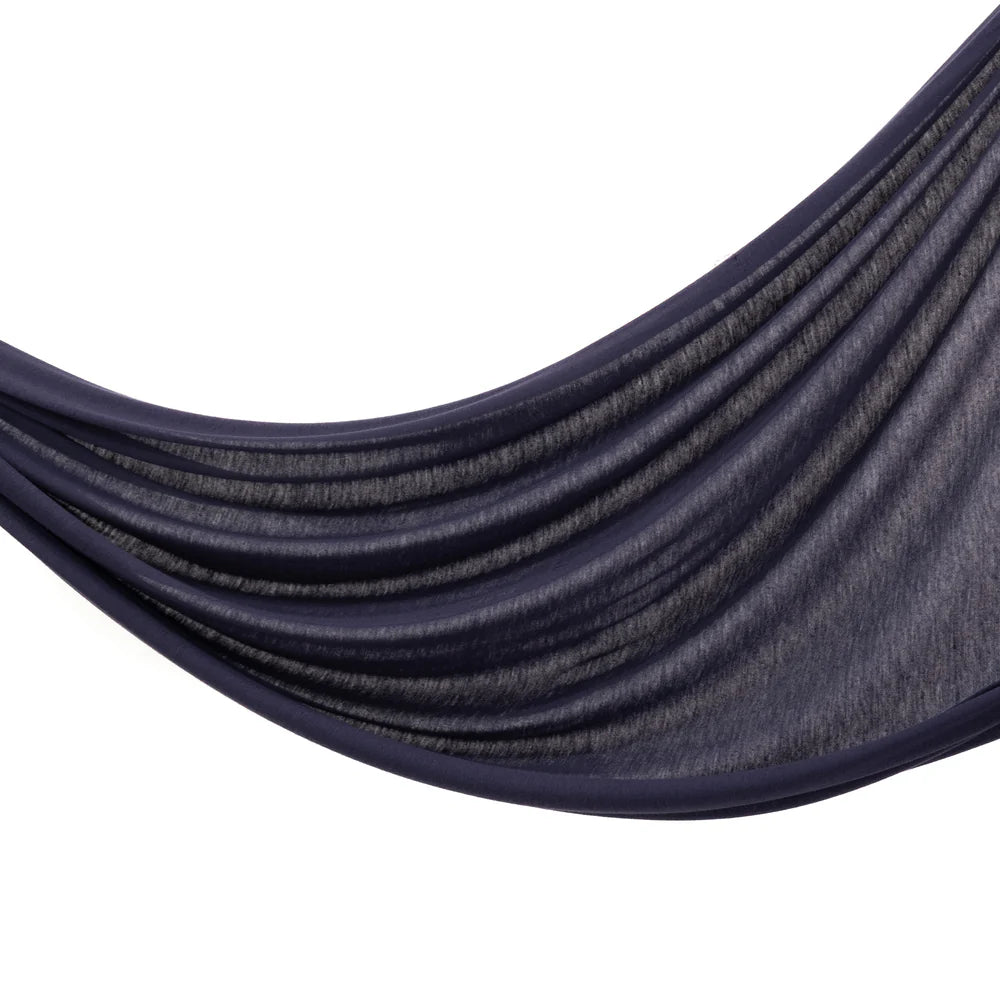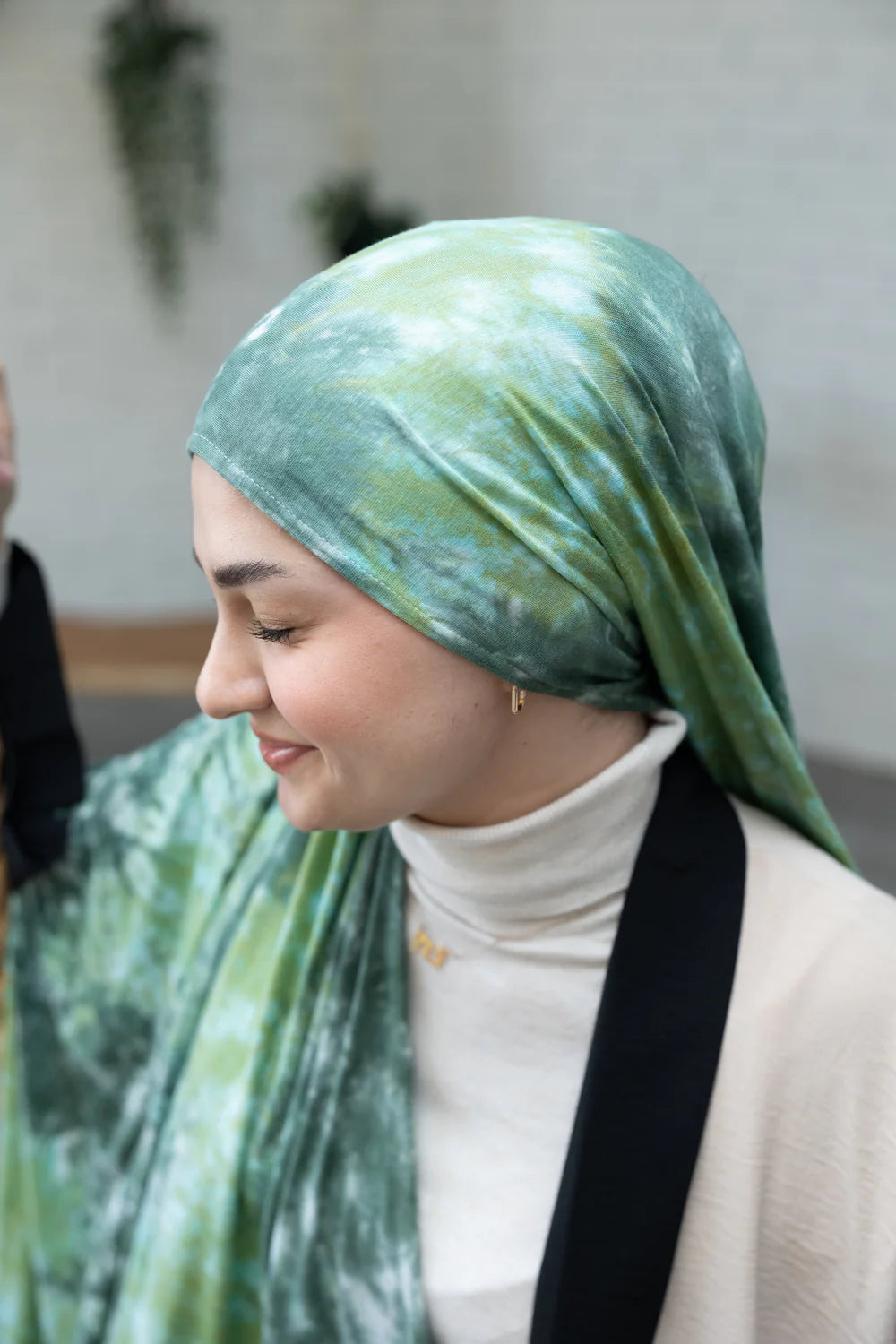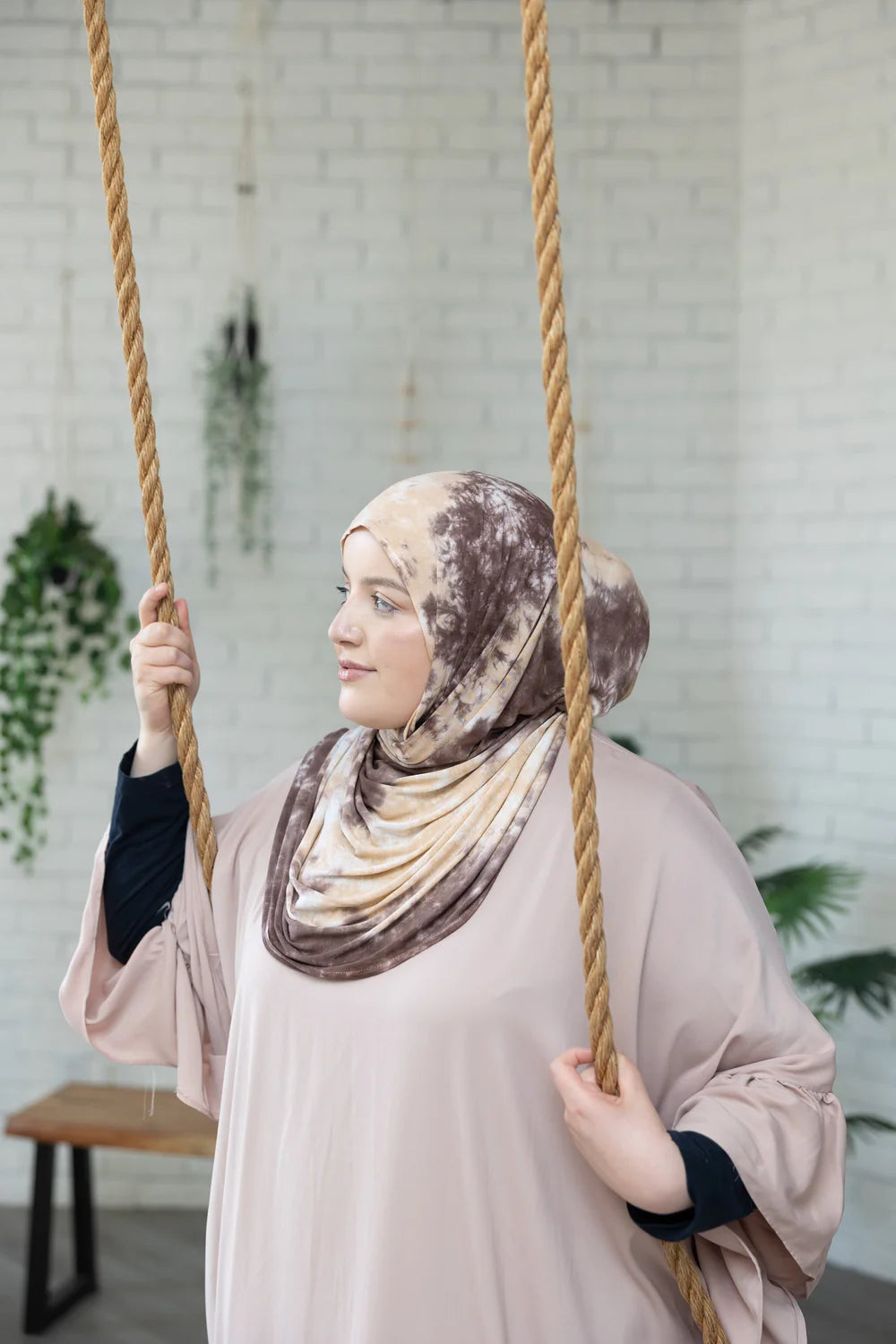
Best Tips for Caring for Your Hijabs
Taking care of your hijabs properly can make them last longer and keep them looking beautiful. Whether you have a favourite tie-dye hijab or a collection of classic styles, knowing how to wash, dry, and store them correctly is important. Each fabric type requires a bit of special attention, but with a few simple tips, you can ensure your hijabs stay in great condition.
Proper Washing Techniques
Taking care when washing your hijabs can keep them looking great for longer. One of the first decisions you need to make is whether to hand wash or use a washing machine. Hand washing is often the best option for delicate fabrics like silk or chiffon. Gently swirl your hijab in cold water with a mild detergent to avoid any damage. For sturdier fabrics like cotton or jersey, machine washing on a gentle cycle can save time and effort. Just remember to use a mesh laundry bag to protect the hijabs from getting tangled or stretched.
Choosing the right detergent is also crucial. A mild detergent without harsh chemicals is the best choice. Harsh detergents can weaken the fibres and fade the colours of your hijabs over time. Look for detergents labelled as gentle or designed for delicate fabrics. These detergents clean effectively while protecting the fabric's integrity.
Water temperature matters more than you might think. Cold water is usually the safest bet for most hijabs as it helps preserve the fabric and colours. Hot water can cause shrinkage and make colours bleed, which is not ideal. Stick to cool or lukewarm water to ensure that your hijabs remain in great shape, wash after wash.
Drying and Storing Your Hijabs
How you dry and store your hijabs can impact their longevity. Air drying is generally the best method. Lay your hijabs flat on a clean towel or hang them on a drying rack to let them air dry naturally. This method helps maintain their shape and prevents any damage from high heat. Tumble drying can be used for more durable fabrics, but always on a low heat setting to avoid any shrinkage or weakening of the fabric.
Avoiding direct sunlight when drying your hijabs is important. Sunlight can cause colours to fade, especially with vibrant tie-dye patterns. Dry your hijabs in a shaded area to preserve their bright colours and intricate designs. This small step can make a big difference in keeping your hijabs looking new.
Proper storage solutions help keep your hijabs wrinkle-free and ready to wear. Consider storing them in a drawer or on a shelf neatly folded. If you prefer to hang them, use padded hangers to avoid stretching out the fabric. Specialized hijab hangers with multiple tiers can also be a great way to organize and keep them easily accessible. Providing a clean and dry storage environment will help maintain the quality of your hijabs.
Ironing and Steaming Tips
Keeping your hijabs wrinkle-free can be a challenge, but ironing and steaming can help. Safe ironing practices are key to avoiding damage. Always use the lowest heat setting suitable for the fabric. For delicate materials like silk, place a thin cloth between the iron and the hijab to prevent direct contact. This reduces the risk of burns or shiny spots on the fabric. Ironing on the reverse side can also help protect the hijab’s surface.
Using a steamer is an excellent alternative for delicate fabrics. Steamers can smooth out wrinkles without direct heat contact, which can sometimes damage the fabric. Hold the steamer a few inches away from the hijab and slowly move it across the material. This method works well for fabrics like chiffon and georgette, which can be tricky to iron.
Preventing wrinkles without heat is also possible. Rolling your hijabs instead of folding them can minimize creases. Simply lay the hijab flat, fold it lengthwise, and then roll it up. This technique is especially useful for travel, as it keeps your hijabs ready to wear right out of the luggage.
Extending the Lifespan of Your Hijabs
Rotating your collection is an easy way to extend the lifespan of your hijabs. Wearing the same hijab frequently can cause faster wear and tear. By rotating different hijabs throughout the week, you give each one a break, reducing the stress on the fabric. It also keeps your look fresh and varied.
Repairing and maintaining fabric quality is crucial. Inspect your hijabs regularly for small tears or snags. Addressing these minor issues early can prevent them from becoming bigger problems. Simple hand stitching can fix minor damages, and using fabric glue can help with little frays. Taking care of these issues promptly ensures that your hijabs remain in good condition.
Stain removal tips can save your favourite hijabs from permanent damage. For common stains like makeup or food, a gentle spot clean often works wonders. Blot the stain with a cloth soaked in cold water and mild detergent. Avoid rubbing, as this can set the stain further into the fabric. For tougher stains, consider using a pre-treatment solution designed for delicate fabrics. Apply it gently, let it sit for a few minutes, then proceed with your regular washing routine.
Conclusion
Each hijab is unique, and with a bit of care, you can ensure that every piece stays vibrant and comfortable to wear. From rotating your collection to tackling stubborn stains, these simple actions make a big difference. Quality hijabs deserve quality care, and with these tips, maintaining them becomes an easy part of your routine.
Ready to put these tips into action? Check out Lala Hijabs’ hijab online store to explore our wide range of high-quality hijabs and accessories. Enjoy worldwide shipping and exceptional customer service for a hassle-free shopping experience. Find your perfect hijab today!



